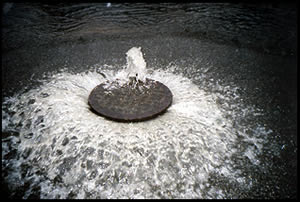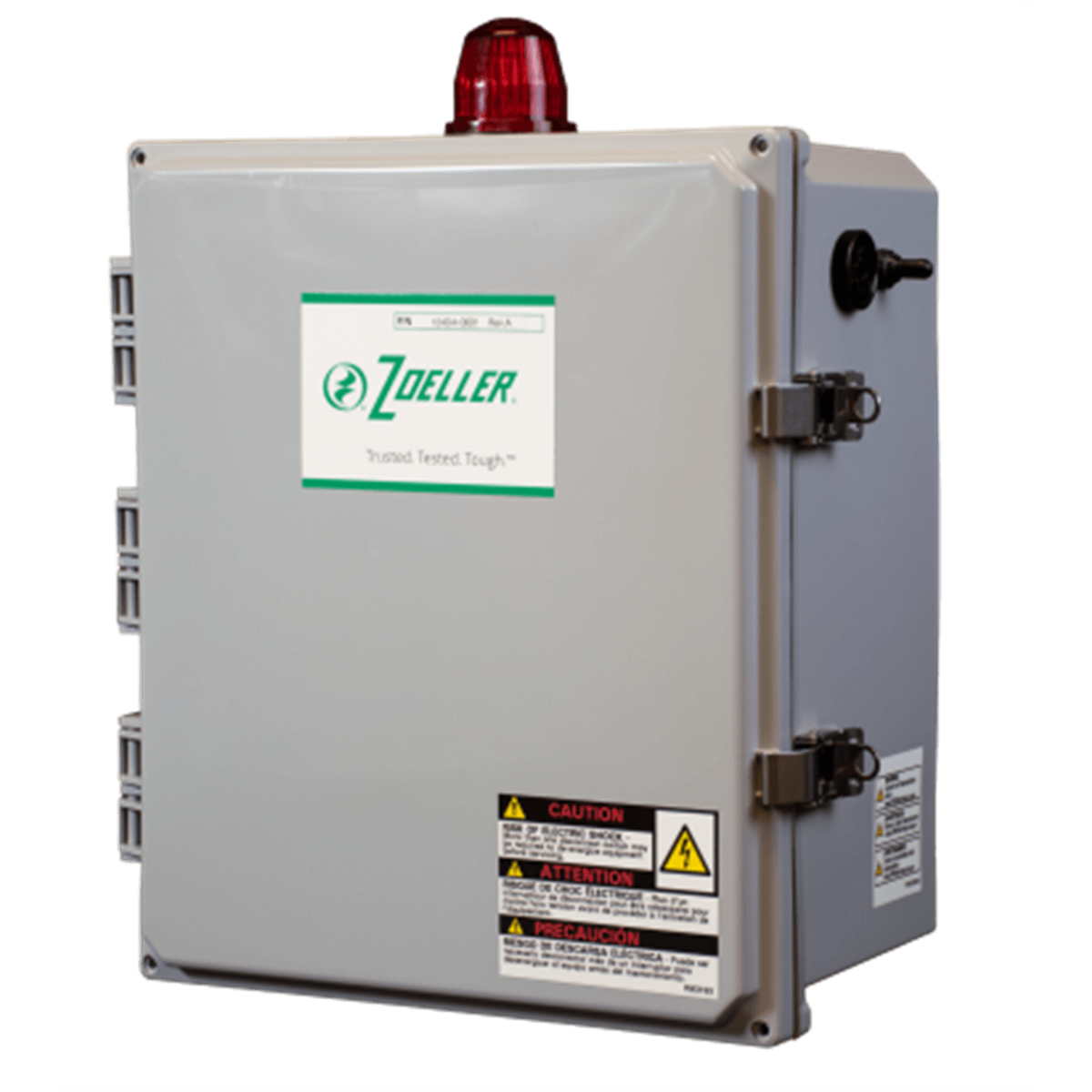- Home
- Supply Insights
- Lift Station Maintenance and Overflow Prevention
Learn about lift stations, maintenance, and why the EPA monitors Sanitary Sewer Overflows (SSO). Dive into the tools you need to perform O&M, upgrade your equipment, fight fats, oils, and greases (FOGs, and modernize your system for 24/7 monitoring and reporting.
What is a Lift Station?
Lift stations are a key part of municipal collection systems and work to move sewage up gradients and against the forces of gravity. Pumps, floats, and pipes reside inside wet wells found underneath the lift station. Wet wells temporarily house the influent as it moves through the system and can act as a temporary overflow during heavy rain or usage events. Additionally, above the wet well, pumps are controlled by a control panel and monitored via a monitoring/alarm system.
Cleaning and maintaining lift stations is important in containing and mitigating the risk of a Sanitary Sewer Overflow (SSO). During an overflow, sewage can come up pipes and infiltrate residential areas or streets. Often, a lift station is not the culprit of an overflow, but a damaged pump or clogged pipe can quickly lead to bigger issues for a public works department. The EPA monitors all SSO events and can administer fines for preventable damages.
In this article, we'll discuss how your municipality can reduce the risk of SSOs by maintaining and upgrading your lift station. We'll also highlight new equipment and existing methods for your station, including the parts found within.
Why Does the EPA Monitor Sanitary Sewer Overflows?
Unmaintained or outdated sewer systems can threaten to spill sewage into residential areas and sensitive ecosystems. The EPA takes sanitary sewer overflows (SSOs) seriously and provides communication and resources about prevention, response, and even fines. Though SSOs can happen in any municipality, repeated and frequent instances are cause for concern and can be combated with proper maintenance of sewer systems and lift stations.

When an overflow occurs, untreated influent can cause serious water quality issues, back-up into residential homeowners areas, damage property, or threaten public health. The EPA issues fines for serious or ignored problems that lead to SSO events.
SSOs can happen due to several factors, including blockages from FOGs, infiltration and inflow, insufficient system capacities, and lack of proper maintenance.
Lift Station Operations and Maintenance - Key Points
Keeping lift stations clean is important for any municipality and can help prevent SSO events. Lift stations work with the collection system to bring influent up to a higher sewer line so it can continue to run downstream to your treatment facility. We’ll touch on the key areas and recommended guidelines for operations and maintenance procedures.
-
Wet wells temporarily store sewage as it’s moved through your system and should be cleaned twice per year.
-
Submersible pumps located in pump stations and wet wells should be inspected quarterly or whenever motor hours are not within 10% of each other.
-
Floats come in constant contact with wet wells, and should be cleaned regularly to remove the fats, oils, or organic matter than can stick to them.
-
Alarm systems are extremely important and should be inspected weekly. A failed alarm can quickly lead to an SSO event.
-
Electrical equipment, including wiring and housing, should be inspected semi-annually to rule out uncommon electrical issues.
-
Inspect your control panel and take amperage readings monthly. High amperage can be an indication of a broken or impaired pump.
-
Installing hour meters and cycle counters help monitor and track pump usage and maintenance cycles.
-
Keeping odors at bay helps maintain good standing in your community. Bioblocks are an inexpensive way to help control unpleasant odors and break up fats, oils and greases (FOGs).

The above steps are just a general guide, as different municipalities can often have different needs based on their size, geographic location, and other unique factors concerning their treatment needs.
Upgrades & retrofits
Upgrading to a modern lift station monitoring system keeps operators visible to high-level information about their facilities. Monitoring systems communicate wirelessly to operators via SMS, email, and voice memos, allowing instant alerts to problems 24/7. These monitoring systems take in information from the pump station control panel—modern versions manage pumps, record run and cycle time, and track machine hours.
Control panels can be programmed to evenly distribute pump wear, which is important for ensuring your systems are working efficiently. They also provide output control and alarm relays, accept either float switch or submersible transmitters from 4 to 20 mA inputs, and record pump run time and cycle counters. The control panel transmits data to monitoring stations, allowing the operator to maintain and monitor pumps, relays, and the number of hours on machines, among other important functions. Controllers work in tandem with modern monitoring systems to provide operators with real time information including effluent flows, water levels, float failure indicators, motor run time and cycle counts, amperage readouts, high level alarm status, and more.
Lift Station Maintenance 101 Buying Guide
A large part of lift station maintenance is visibility to problems before they occur, and a wireless monitoring station immediately gives operators the information they need. Auto-dialers and monitoring systems can communicate via the cloud and send information to a phone or at the treatment plant's SCADA video monitors. These stations are easy to set up and have multiple inputs to monitor lift station status.
 All municipalities skeeping items such as degreasers, bioblocks, odor control, floats, submersible transmitters, and replacement parts on hand.
All municipalities skeeping items such as degreasers, bioblocks, odor control, floats, submersible transmitters, and replacement parts on hand.
Finally, having a good stock of floats, replacement pumps and parts, or other vital equipment ensures your team can quickly react to emerging situations. Of course, it's easier to predict when a pump might fail or when floats and wet wells need cleaning with proper maintenance and inspection schedule.
The importance of scheduled maintenance and reporting can help a municipality avoid equipment issues, potential SSO events and fines, and other problems.
With these tips and product resources, keep your team ahead of lift station problems, and mitigate the risk of a sewage overflow.
Sources:
The Definitive Guide to Liquid Waste Disposal | Shapiro (shapiroe.com)
Brochure: Sanitary Sewer Overflows - What are they and how can we reduce them? (epa.gov)
